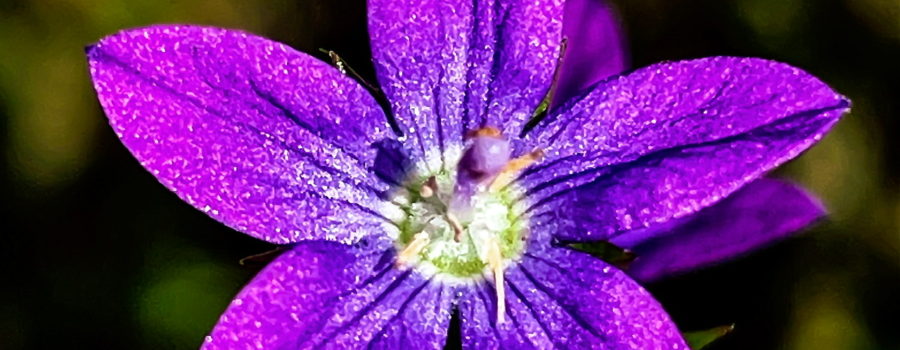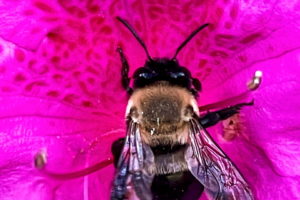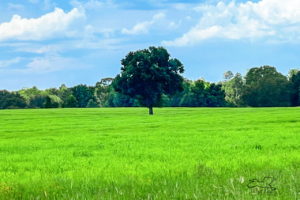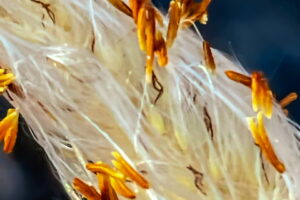Beautiful Clasping Venus’ Looking Glass is an Amazing “Weed”

Last week I stopped one afternoon at a place along my commute that has tons of wildflowers. I always see plenty of butterflies in that area, too, and butterflies were really what I was wanting to photograph, but I had no luck. It’s near a four way stop, and every time a butterfly would land a car would come along and off it would fly again. I guess I need to find a patch of wildflowers a bit more off the beaten track for butterfly photos, but it wasn’t a wasted trip because I found a couple of new types of wildflowers growing there. I have stopped there or near there plenty of times, but I’ve never been disappointed. There always seems to be something interesting growing. One of the new wildflowers that was growing mixed in the the phlox was the clasping Venus’ looking glass (Triodanis perfoliata). You may also know it as clasping bellflower or Venus’ looking glass.

This pretty little wildflower is quite common in both North and South America. It can be found in southeastern Canada, most of the continental United States, Mexico, Central America, and into South America as far south as Argentina. It is also considered a naturalized plant in Korea, China, and Australia. It is an annual herb that is mostly found in open, sunny areas like prairies, woods edges, woods clearings, roadsides, right of ways, and construction sites. It also tends to prefer sandy or rocky, well drained soil, and is often one of the first plants to start growing in disturbed areas. It’s roots help to stabilize the soil and allow other plants to begin growing. It can grow to be 1-3 feet in height, but it rarely gets much taller than 12-18 inches in most places. It has a tendency to die back if it becomes surrounded by taller plants and wildflowers. It blooms in the spring and early summer, but only the flowers at the ends of the stems actually open and bloom. Buds further down the stem are capable of self-fertilizaton (called being cleistogamous) and still produce seeds without producing blossoms.

Like most herbaceous plants clasping Venus’s looking glass has several medicinal uses. Native Americans used to make a liquid medication compounded from the root to treat upset stomachs. It can also be used as an emetic, and some tribes dried the leaves and flowers which they smoked during religious ceremonies. There is no evidence that smoking it has any psychotropic properties, however. Although people don’t use as food, some grazing animals such as deer will eat it, and the flowers attract many smaller pollinators including pure green sweat bees, flies, moths, and smaller butterflies like skippers. They have also been know to attract bumblebees and honey bees. In the United States, these plants are generally considered weeds, but some nurseries do sell the seeds for wildflower gardens and other ornamental uses.

Unlike many other “weeds” there are really no negative impacts by this plant. It does not have invasive tendencies, but instead tends to stabilize soils allowing other plants to move into disturbed areas. It also attracts a fair amount of wildlife, and is pretty to look at as well. The flowers are small and are easily overlooked when surrounded by larger flowers like phlox. I’m sure that’s part of the reason that I missed seeing them on previous stops. They also have a shorter blooming season than the phlox, which also may be why I hadn’t noticed them before. Finally, the wet weather we are having this spring may have increased their numbers since they don’t do well during droughts. Whatever the reason that I’ve missed them before, I’m glad I did finally notice them. It isn’t often in this world that you find something with absolutely no negative qualities!






Recent Comments